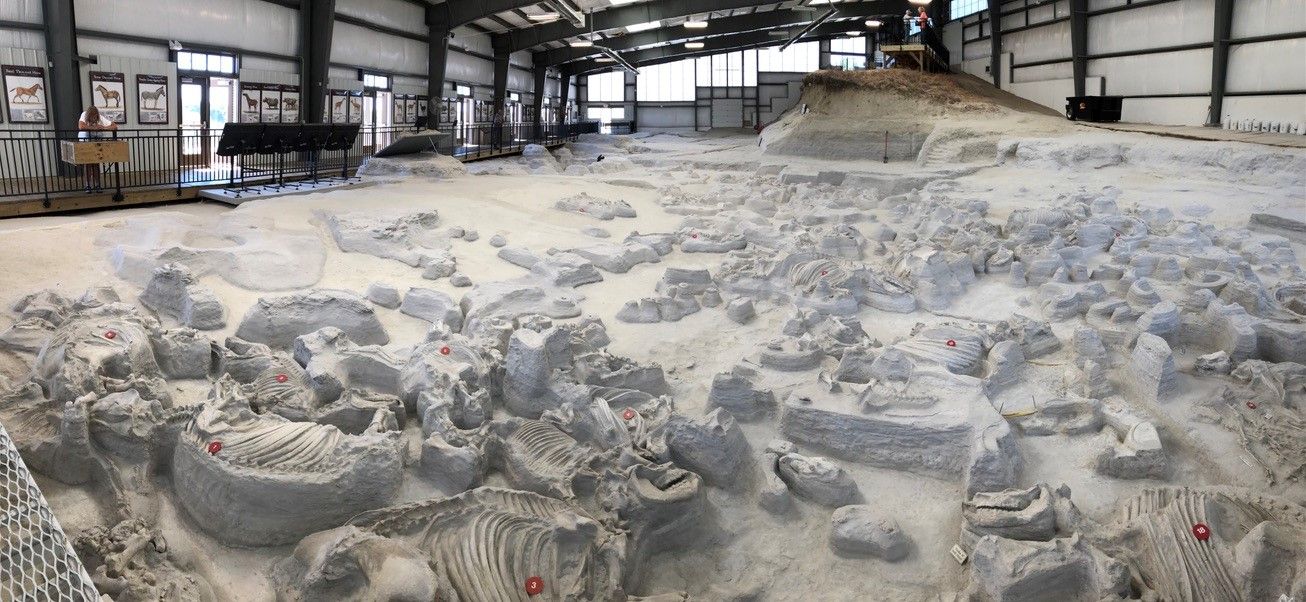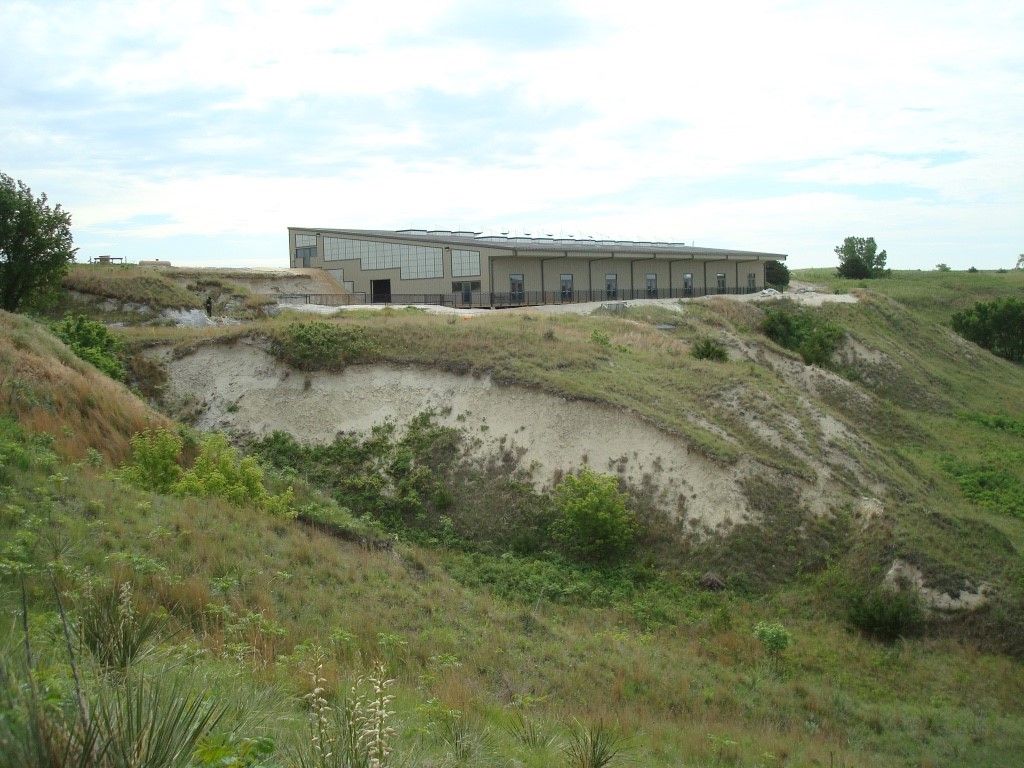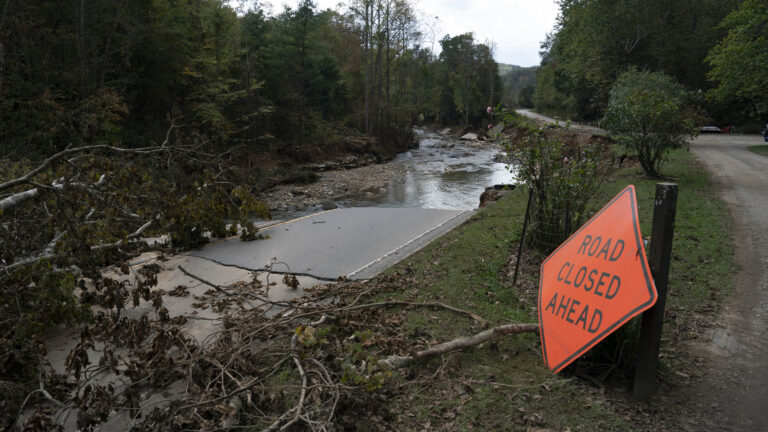Death was everywhere. Animal corpses littered the landscape and were mired in the local waterhole as ash swept around everything in its path. For some, death happened quickly; for others, it was slow and painful.
This was the scene in the aftermath of a supervolcanic eruption in Idaho, approximately 1,600 kilometers (900 miles) away. It was an eruption so powerful that it obliterated the volcano itself, leaving a crater 80 kilometers (50 miles) wide and spewing clouds of ash that the wind carried over long distances, killing almost everything that inhaled it. This was particularly true here, in this location in Nebraska, where animals large and small succumbed to the eruption’s deadly emissions.
Eventually, all traces of this horrific event were buried; life continued, evolved, and changed. That's why, millions of years later in the summer of 1971, Michael Voorhies was able to enjoy another delightful day of exploring.
Finding rhinos
He was, as he had been each summer between academic years, creating a geologic map of his hometown in Nebraska. This meant going from farm to farm and asking if he could walk through the property to survey the rocks and look for fossils. “I’m basically just a kid at heart, and being a paleontologist in the summer was my idea of heaven,” Voorhies, now retired from the University of Nebraska-Lincoln, told Ars.
What caught his eye on one particular farm was a layer of volcanic ash—something treasured by geologists and paleontologists, who use it to get the age of deposits. But as he got closer, he also noticed exposed bone. “Finding what was obviously a lower jaw which was still attached to the skull, now that was really quite interesting!” he said. “Mostly what you find are isolated bones and teeth.”
That skull belonged to a juvenile rhino. Voorhies and some of his students returned to the site to dig further, uncovering the rest of the rhino’s completely articulated remains (meaning the bones of its skeleton were connected as they would be in life). More digging produced the intact skeletons of another five or six rhinos. That was enough to get National Geographic funding for a massive excavation that took place between 1978 and 1979. Crews amassed, among numerous other animals, the remarkable total of 70 complete rhino skeletons.






 Loading comments...
Loading comments...

Wright, K.E., Michael McCurry, and S.S. Hughes, 2002, Petrology and geochemistry of the Miocene tuff of McMullen Creek, central Snake River Plain, Idaho, in Bill Bonnichsen, C.M. White, and Michael McCurry, eds., Tectonic and Magmatic Evolution of the Snake River Plain Volcanic Province: Idaho Geological Survey Bulletin 30, p. 177-194.
Hughes, S.S., and Michael McCurry, 2002, Bulk major and trace element evidence for a time-space evolution of Snake River Plain rhyolites, Idaho, in Bill Bonnichsen, C.M. White, and Michael McCurry, eds., Tectonic and Magmatic Evolution of the Snake River Plain Volcanic Province: Idaho Geological Survey Bulletin 30, p. 161-176.